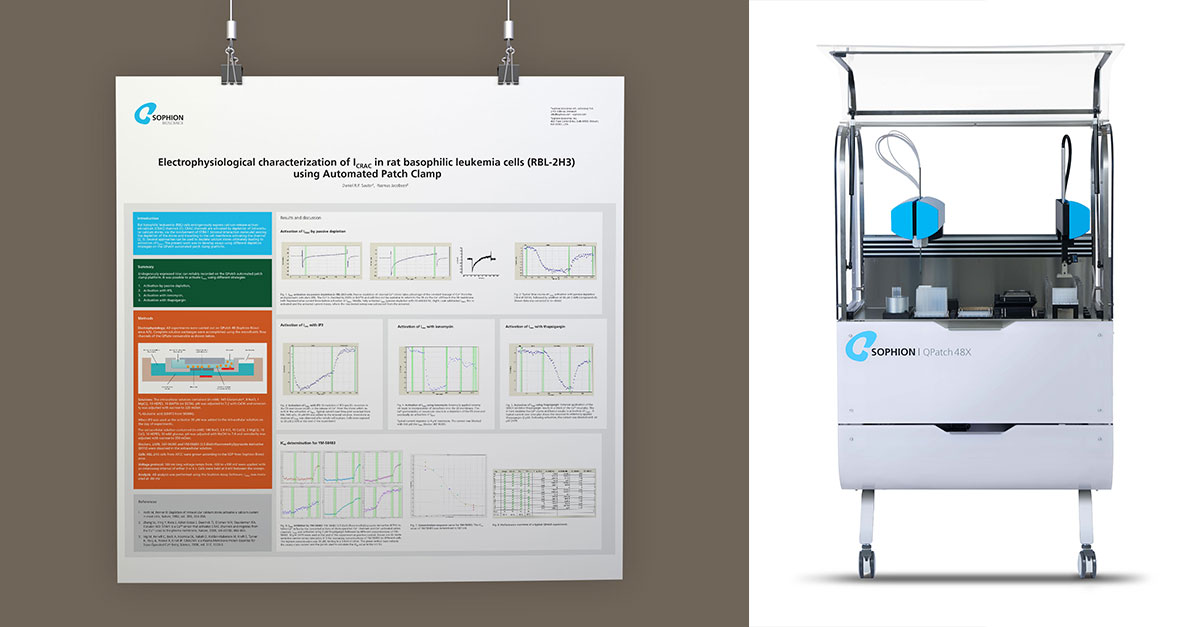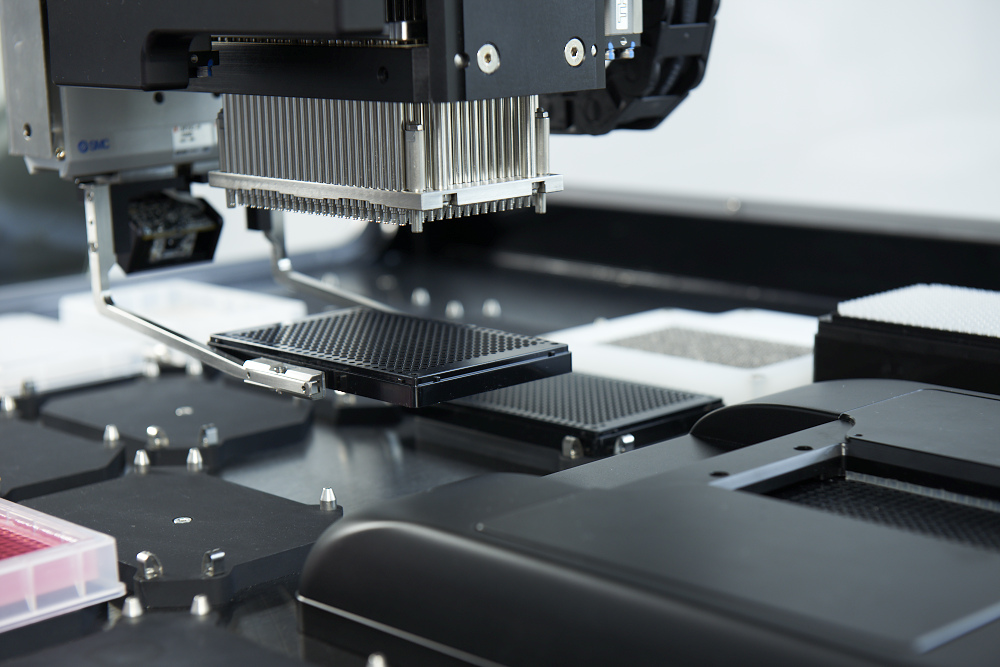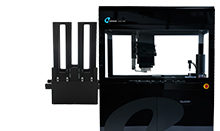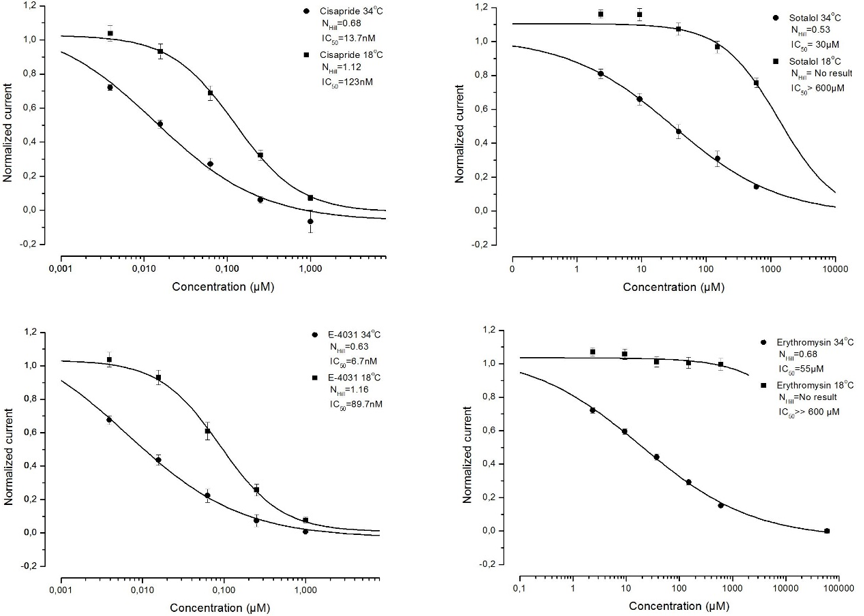15.03.2018
— Qube, Qube 384
How easy is it to use Qube?
At Sophion we believe that ease of use is important. When a customer spontaneously express clear appreciation of how easy it is to use our systems, we know we got it right:
“It was true that it’s really up and running after two days training. We are very pleased”
Maija Ivaska, Research Assistant, Orion Pharma
Ease of use does not come by itself with sophisticated electrophysiological recordings in automated patch clamp, but is embedded in the Sophion DNA.
Ask for a demo anywhere in the world to experience this yourself. We are so confident that you will be allowed to run your own experiments at the end of the first day….and that is not always the case with APC instruments.
With our instruments you can perform experiments with a very low risk of human error and large degree standardization, enabling easy learning, many operators and high laboratory efficiency.
Read more about Qube here.




